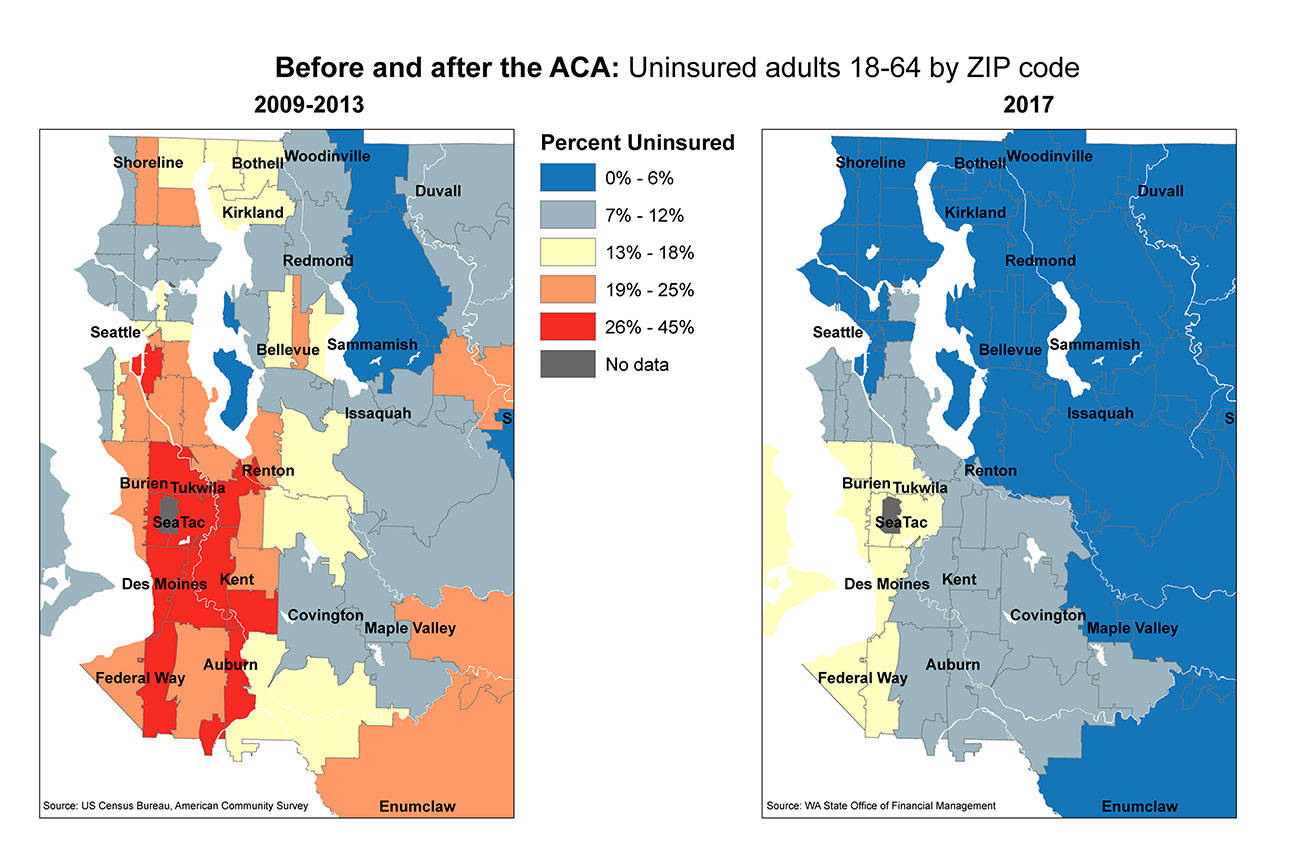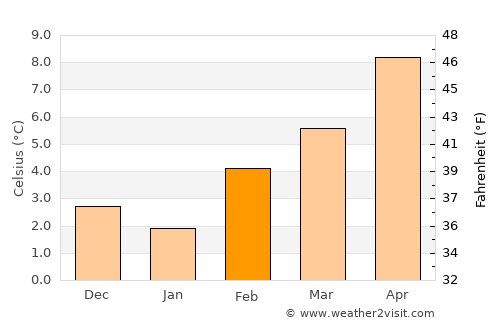
The southern corners feature strip malls, retailers, an apartment complex, and a housing development. The northeastern corner was completely constructed in the 2010s it formerly was a large lumberyard and is now home to several retailers. The northwestern corner underwent massive reconstruction in the early 2010s and now features several large retailers, apartments, and a strip mall. It is located along Maple Valley Highway and is bisected by Kent-Kangley Road ( SR 516) to create four distinct areas of development. The south side's Four Corners district is the main commercial area of the city. At the northern and southern boundaries of the city lie two large commercial areas, while central Maple Valley is predominantly residential.

ĭue to the urban growth boundaries of King County, the city is uniquely split into different sectors along Maple Valley Highway (SR 169), the main thoroughfare through the city. The Lake Wilderness Arboretum is also located here. The park includes a swimming beach and sprawling grass fields, and sees the annual Maple Valley Days Parade each year in June. The Green to Cedar River trail runs through the city, along SR 169 and Witte Road while passing through the former Gaffney's Grove site, now the Lake Wilderness City Park. The city of Maple Valley was officially incorporated on August 31, 1997.

The Maple Valley Historical Society keeps records on the city's past, with two historical museums holding artifacts such as the city's first fire engine and photographs of old places in and around the city like Gaffney's Grove. In the early 1960s, the construction of State Route 18 between Auburn and North Bend ran through the city, requiring many landmarks to be either demolished or moved. Increasing automobile use in the area gave rise to new roads being built. Later, the resort grew to include an airstrip, lodge, rental cabins, a nine-hole golf course and a bowling alley. Lake Wilderness, once the site of a county lumber mill, quickly became a resort lake with the opening of Gaffney's Grove, which opened with a ballroom, restaurant and roller rink. Maple Valley also saw resorts beginning in the 1920s. Fishing out of the Cedar River also became popular. More residents meant farming and fishing became staples in the area, with milk, poultry and berry farming becoming the main grown food staples in the area. Much of this early development actually did not take place in the modern-day city, but rather in Hobart, northeast of incorporated Maple Valley. The school, after extensive renovations, still stands today as an elementary school. A two-room school went up in 1910, and a larger high school was built in 1929 as the first school in the Tahoma School District. Blacksmith shops, hotels, saloons and stores took up the town in the 1910s and 1920s. Suquamish tribe chairperson Martha George was born near Maple Valley in Sheridan in 1892, at a logging camp where her mother and grandmother worked as cooks. More residents meant more lumber milling. Rail workers for lines like the Northern Pacific Railroad and the Cedar River Watershed, closed off by the City of Seattle, meant more workers for those things. Coal was brought in from Black Diamond to the south, but the town itself also mined coal from Cedar Mountain. The town's early history mainly had to do with coal, lumber milling to build homes, and a railroad that ran through town. Vine Maple Valley won by 2/3, but the word "Vine" was later cut by the post office because it made the name too long.

A vote was taken by writing the names on slips of paper and placing them in a hat. When a name for a future community was proposed, the names Vine Maple Valley and Maple Ridge were suggested. The area was settled in 1879 by three men who were improving a trail and brought their families in.


 0 kommentar(er)
0 kommentar(er)
